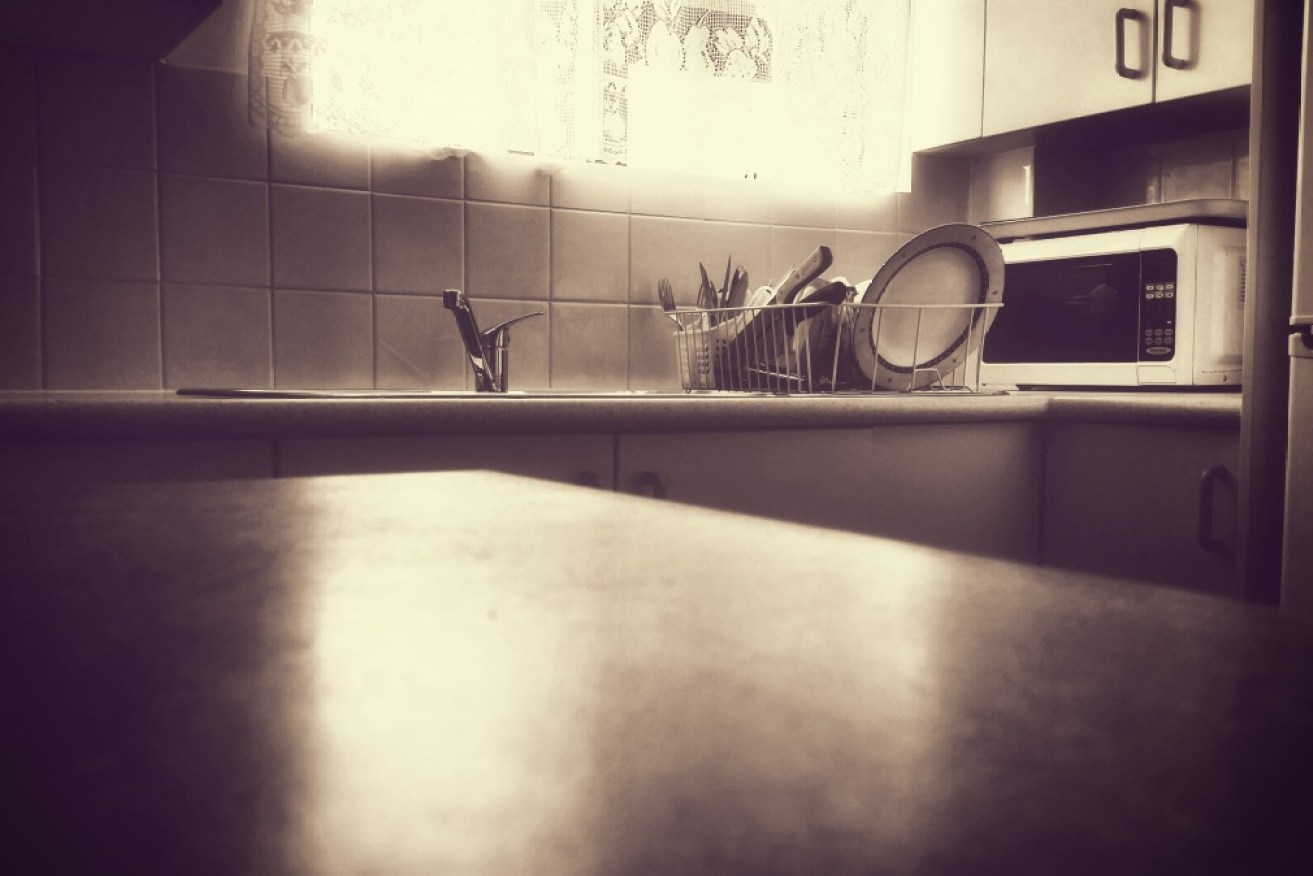Today’s housing crisis is tomorrow’s aged care nightmare

A forgotten housing crisis threatens the 'extinction' of the middle class Australian Dream, report says. Photo: Getty
Many more Australians will be forced to sell the family home to pay for residential aged care in coming years, stripping future generations of their inheritance, a global consultancy firm has warned.
In a new KPMG report, analysts Liz Forsyth and Jeremy Jacobs predicted that the expectation of middle-class parents that they will be able to pass down the family home to their children “may be nearing extinction”.
While much of the public debate in recent years has focused on the inability of younger generations to afford houses now, there is a very real prospect that many Australians will also face “increased debt levels and depleting wealth” in their twilight years, as supply pressures push up the cost of accommodation for the elderly, the report found.
“The notion of achieving a debt free position in one’s later years may only be short lived, and our current expectations of intergenerational wealth will surely be challenged,” the authors wrote.
“And what of those who do not have enough equity, or have only enough equity for one spouse? Will they endure a sub-optimal residential facility located far from family and friends? Or will responsibility rest with their children?”
The notorious ‘bank of mum and dad’, whereby young Australians borrow from their parents to buy a home, could well be reversed, the report said.
“There is a growing trend for parents to support their children through the current housing affordability crisis, so when the tables are turned, will these children have the capability and desire to support their parents?”
Part of this is the natural result of an ageing population – there will be a growing demand for aged care. According to the report, Australia will need approximately 76,000 new aged care places in the next 10 years at an estimated cost of $33 billion.
This cost will be borne by either the government or, increasingly likely, by the user themselves – by selling or reverse mortgaging their home, the authors wrote.
“As care costs continue to escalate, further ‘innovative’ models of accessing funds will be required, with a key facet being a shift towards a ‘user pays model’.”
But rising house prices will also be a factor, as they make it costlier to build new aged care facilities, according to the report.
“With supply constraints, rising property prices and emerging consumer preferences, the cost to develop residential aged care facilities will increase, and so too will the entry price for residents.”
The current housing crisis will also “undoubtedly” anger younger voters to such an extent that they agitate for the inclusion of the family home in means tests for the age pension and residential aged care subsidies – forcing the sale of family homes en masse, the authors concluded.
“It is likely that the average Generation Y has not benefited from the property boom, and is currently experiencing housing affordability problems. From this Generation, we will undoubtedly see a cultural shift that sees much less tolerance in allowing older generations to retain their ‘million dollar’ plus residences, whilst receiving support from the government.”
Thus, while the housing affordability crisis has very immediate impacts, KPMG warned the problem will “come back to bite us” in later life as well.

Future generations could suffer most from the current housing crisis.
“These twilight years may in fact consist of being forced to sell the family home, living apart from our spouse, erosion of inheritance wealth, and compromising on our anticipated quality of life when entering an aged care facility because we cannot afford better.”
It is far from the only report to draw attention to the later-life consequences of rampant house price growth.
Last week, economist Saul Eslake, in a report commissioned by AIST, warned that Australians will spend a much larger amount of their income in retirement on either lifelong renting or paying off larger mortgages, leaving them less to live on.
Yet another report, this one commissioned by ASFA, calculated that retirees who rent in the capital cities will need about $500,000 more in superannuation savings to live as comfortably as home owners. This is especially worrisome for involuntary renters – those who never make it onto the property ladder, no matter how hard they try.
And a researcher told The New Daily last year that more Australians need to “make the link between home ownership and retirement”, after her report found that about 15 per cent of renters never escape the private rental market, and suffer financially as a result.









